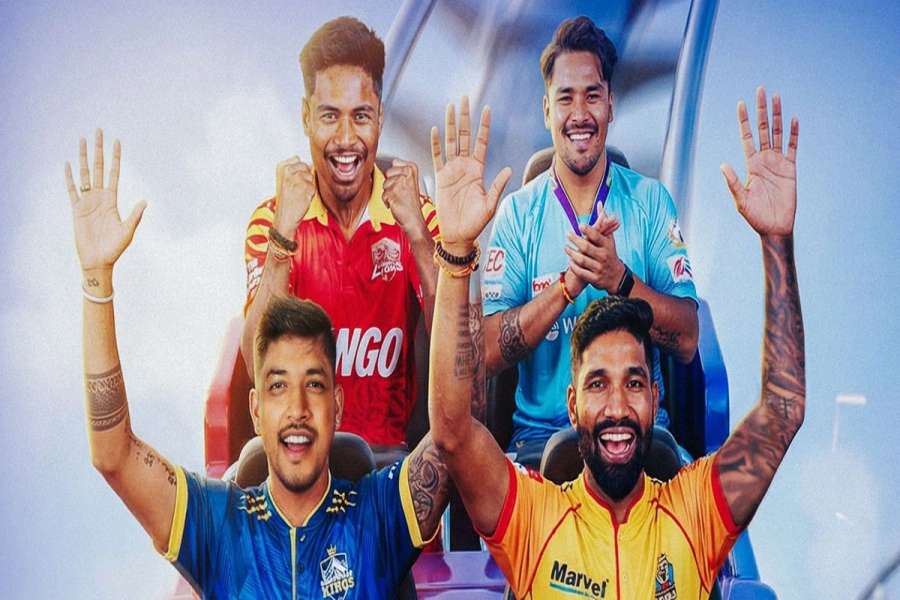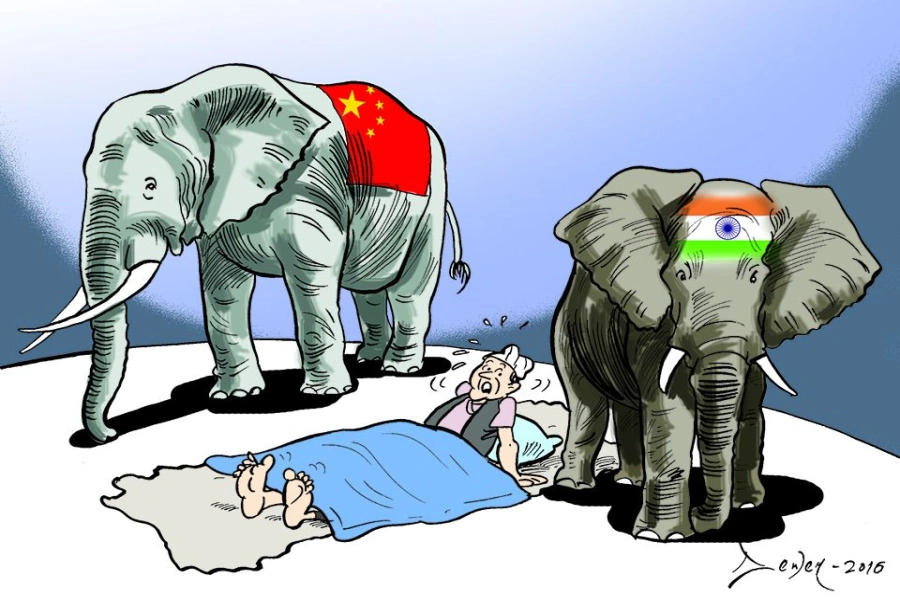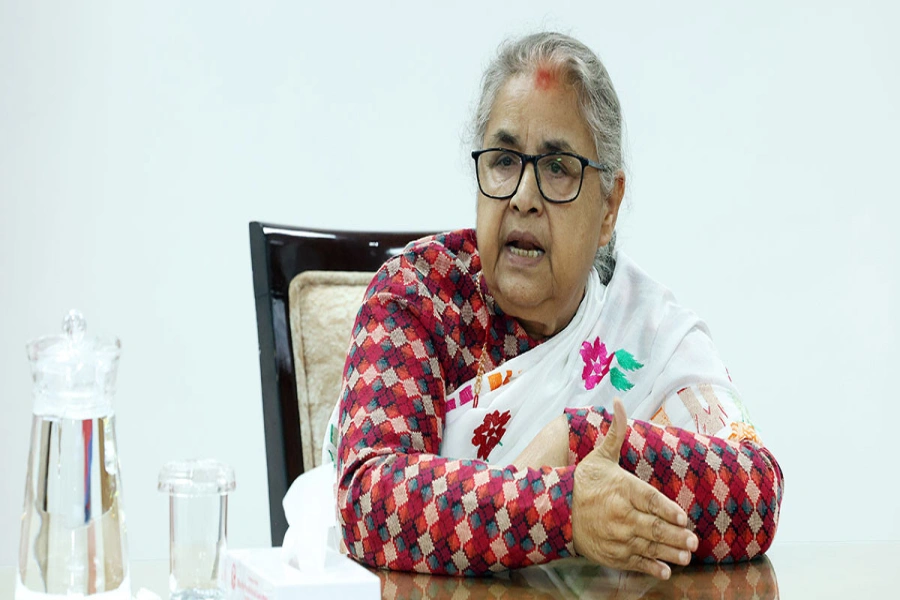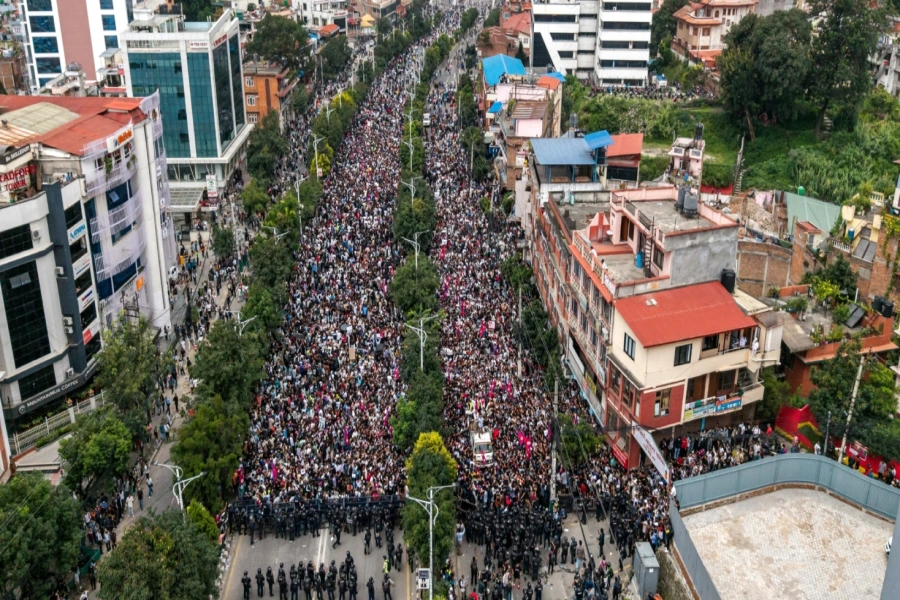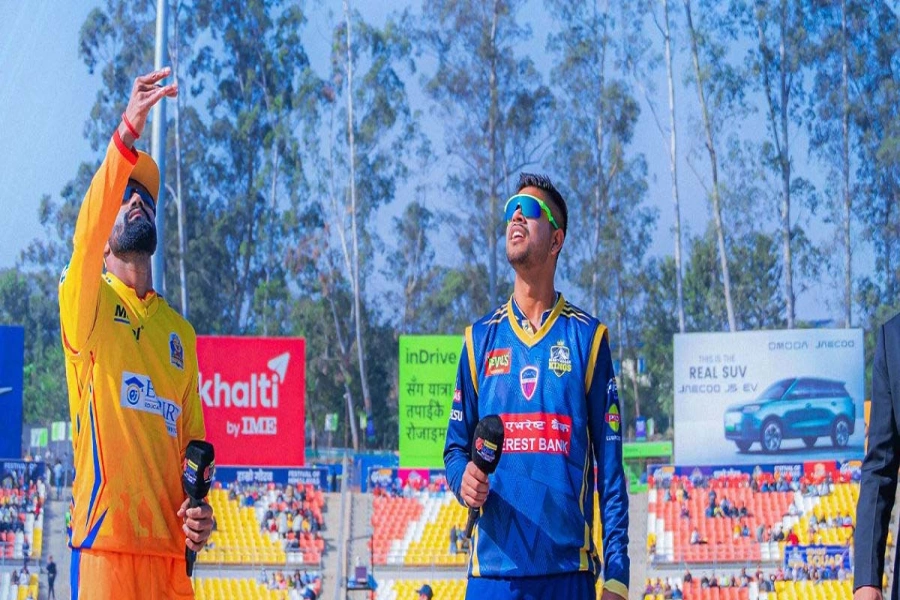Disability is a condition shaped by existing physical, social, environmental, and communication barriers. Regrettably, it is often perceived through the lens of either charity or the medical model, resulting in individuals with disabilities being relegated to the status of dependents rather than active citizens. Globally, the disability community constitutes the largest minority, comprising approximately 15% of the world's population. Shockingly, about 80% of these individuals reside in developing nations such as Nepal. According to the World Bank and the World Health Organization, Nepal has a disability prevalence rate ranging from 10% to 15%. However, recent data from the 2021 census indicates that 2.2% of Nepal's population has some form of disability, with 37% experiencing physical disabilities and 22% having vision-related disabilities.
Nepal's constitution is undeniably progressive in its approach to disability inclusion. While the constitution does not contain a specific article highlighting the fundamental rights of persons with disabilities or the creation of a dedicated constitutional body to address their issues, it does incorporate numerous provisions that signal a commitment to disability inclusion.
The preamble of Nepal's constitution, in its fourth paragraph, assures the adoption of principles that promote inclusivity and participation, striving for an equitable society that encompasses all minority communities, including the disability community. Moreover, Article 18 establishes the right to equality, Article 24 prohibits untouchability and discrimination, Article 31 guarantees the right to education, Article 39 safeguards the rights of children, Article 42 focuses on social justice, and Article 43 secures social security—all of which explicitly protect the special rights of persons with disabilities. Articles 84.3, 86.2, and 176.7 further emphasize the representation of persons with disabilities. Additionally, Part 27, along with Articles 258 and 259, establishes the Inclusion Commission, tasked with overseeing disability-related matters and providing recommendations for the government's overall development efforts. Local governments have also been entrusted with the responsibility of safeguarding the rights of persons with disabilities.
Understanding disability

However, despite these progressive legal provisions, the implementation remains weak. The dedicated Act Relating to the Rights of Persons with Disabilities in 2017, closely aligned with the UN Convention on the Rights of Persons with Disabilities (UNCRPD), has guaranteed numerous rights and provisions for the empowerment and inclusion of persons with disabilities. Nevertheless, the situation for persons with disabilities remains precarious.
Nepal's highest policy development body, the Parliament, lacks inclusivity, with only one representative from the disability community in both the House of Representatives and the National Assembly. Among the seven provincial assemblies, only Bagmati Province includes representation from the disability community, which is deeply concerning. Out of approximately 35,000 local representatives, only about 40 represent the disability community. These statistics illustrate the lack of inclusivity and accountability of government bodies and political parties towards the disability community.
Despite the constitutional provision for free higher education for persons with disabilities, approximately one-third of children with disabilities have never attended school. Even those who have accessed education do not receive inclusive and quality education. Although free healthcare services are guaranteed for persons with disabilities, most of them still lack access to healthcare. Elected representatives and government officials often equate the distribution of disability ID cards and social security allowances with fulfilling their responsibilities. Annual policies, programs, and budgets primarily focus on these aspects, neglecting the intersectional/cross-cutting issues of persons with disabilities.
Inclusion is not an abstract ideal but an achievable and tangible outcome. The first step toward disability inclusion is altering the narrow mindset of political leaders and decision-makers, recognizing the disability community as a vital stakeholder in development. Eliminating existing physical, social, and communication barriers, viewed through the lens of disability inclusion, is another crucial step in bridging the gap between individuals with and without disabilities. Accessibility stands as the primary prerequisite for disability inclusion.
Contrary to popular belief, the cost of inclusion is dwarfed by the far greater cost of exclusion. If we genuinely aspire to realize a "Prosperous Nepal; Happy Nepali," we cannot afford to leave behind the largest minority—the disability community. All stakeholders, including planners, decision-makers, political leaders, development actors, and the broader society, must unite in collective action to create a disability-inclusive, accessible Nepal. By doing so, the realization of inclusion is no longer a distant dream but a tangible and necessary reality.
So, as we enthusiastically celebrate this Constitution Day, let us remember that this celebration should not be a routine, run-of-the-mill event. Instead, it should serve as an opportunity for all of us to reflect on the true essence of our constitution, acknowledge its progressive provisions, recognize the gaps in its implementation, and march forward together in unity. Let us use this occasion to celebrate a constitutional day that guarantees inclusion for all people, including those with disabilities.






